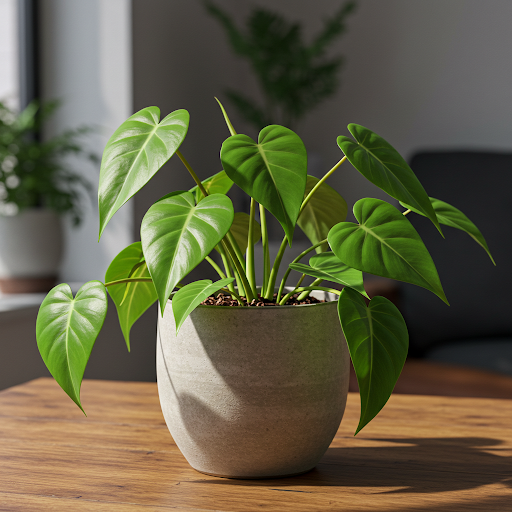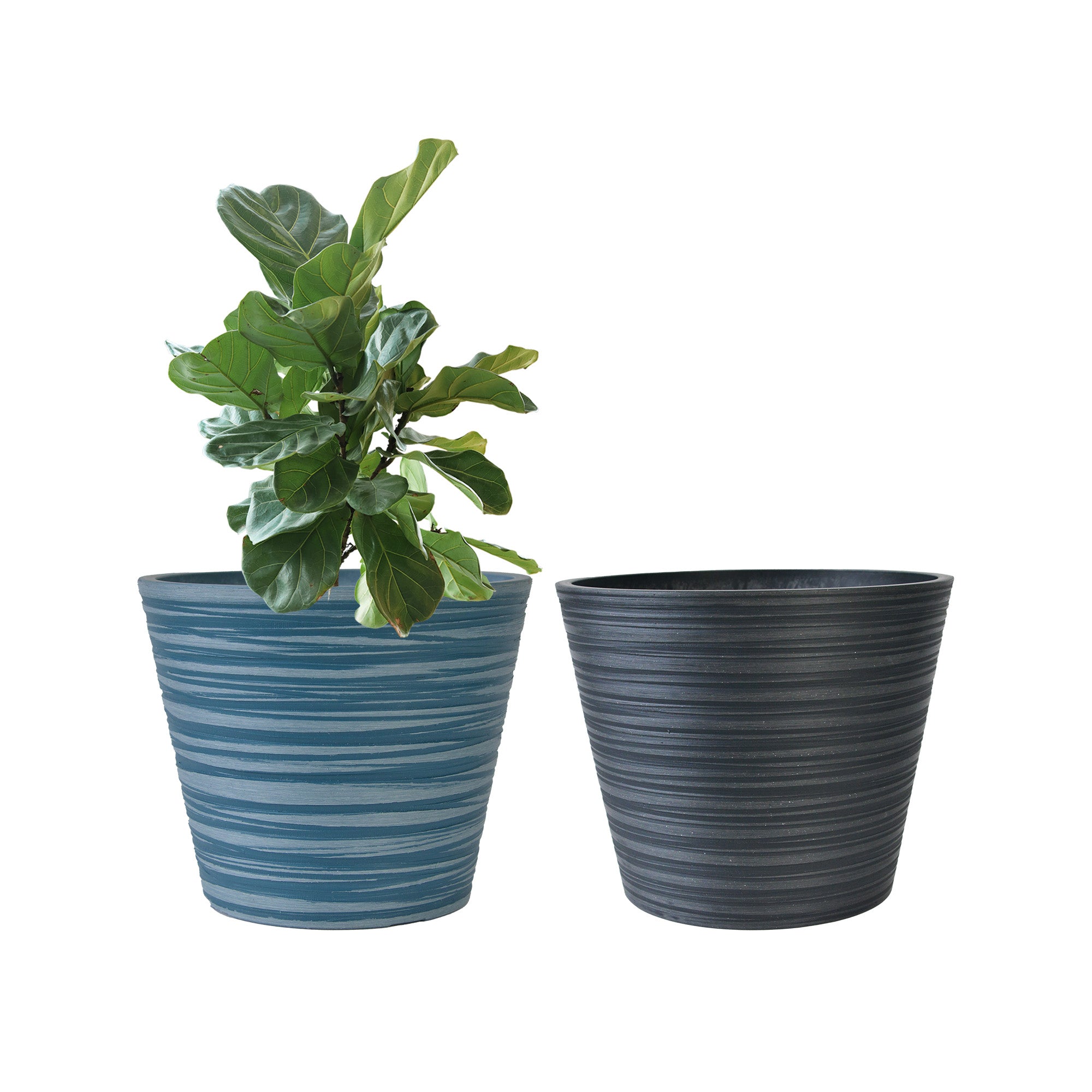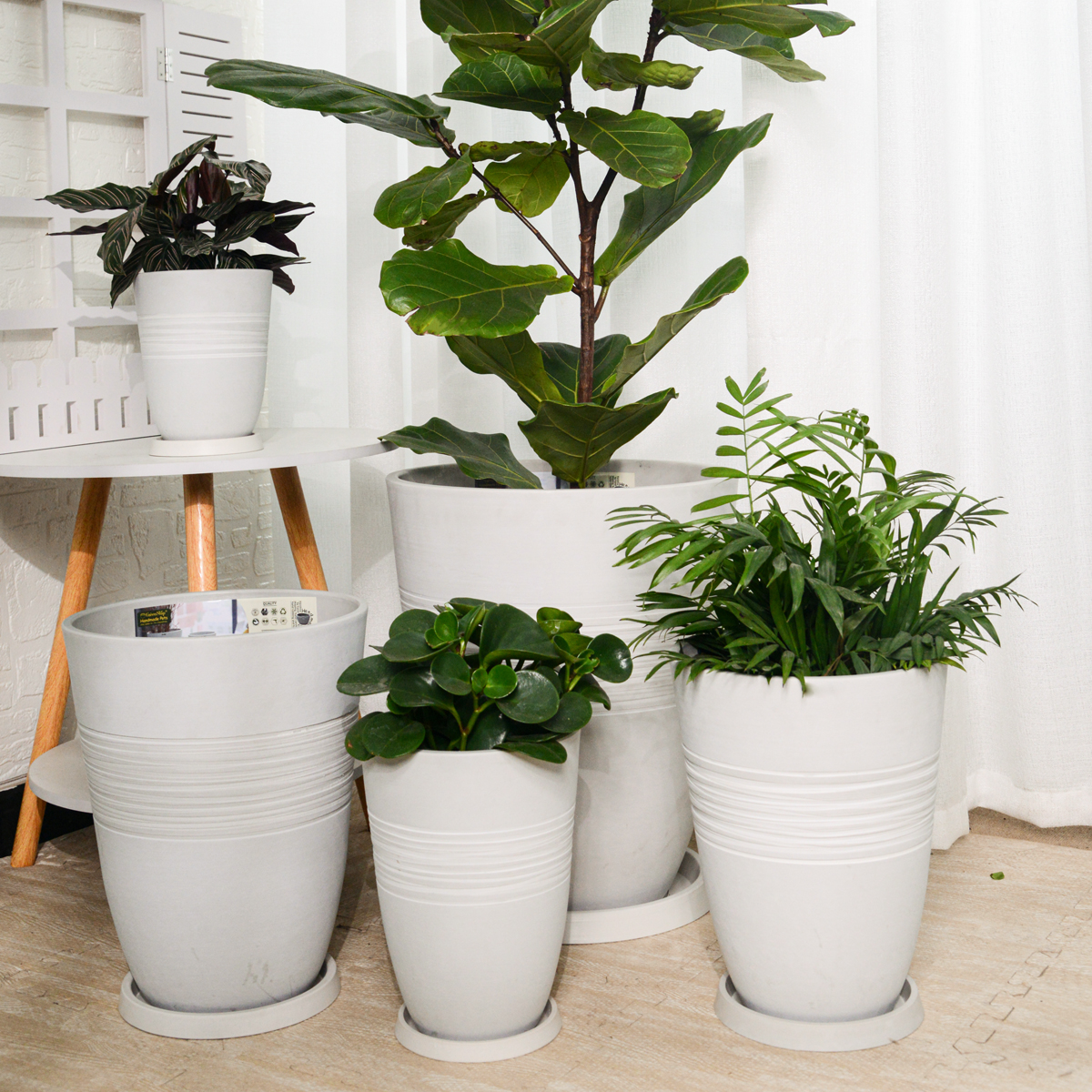Heartleaf Philodendron (Philodendron hederaceum): The Complete Indoor Growing Guide
Looking for a classic, easy-care houseplant that brings lush greenery and a touch of elegance to any room? The Heartleaf Philodendron, scientifically known as Philodendron hederaceum, is a timeless favorite for indoor gardeners of all levels. Also known as Heartleaf Ivy or Sweetheart Plant, this vining plant, belonging to the Araceae family and native to Central America and the Caribbean, is celebrated for its heart-shaped leaves, air-purifying qualities, and exceptional adaptability. This comprehensive guide will provide you with everything you need to know to successfully grow Philodendron hederaceum indoors.

Heartleaf Philodendron,
Ideal Indoor Growing Conditions:
- Light: Heartleaf Philodendrons are incredibly adaptable to different light conditions. They thrive in bright, indirect light, which promotes lush growth and vibrant leaf color. However, they are also very tolerant of low lightconditions, making them suitable for rooms with less natural light. Avoid direct, intense sunlight, which can scorch their delicate leaves.
- Soil: Heartleaf Philodendrons prefer well-draining, loose soil that retains some moisture. A general-purpose potting mix works perfectly well. You can amend it with perlite or vermiculite to further improve drainage and aeration.
- Watering: Heartleaf Philodendrons prefer their soil to dry out slightly between waterings. Overwatering is the most common mistake and can lead to root rot. Water thoroughly when the top inch of soil feels dry to the touch. Allow excess water to drain away. Reduce watering frequency during the winter months when the plant’s growth naturally slows down.
- Temperature: Average room temperatures between 65°F to 80°F (18°C to 27°C) are ideal. Heartleaf Philodendrons are comfortable in typical household temperatures and can tolerate slightly cooler conditions, but avoid exposing them to temperatures below 50°F (10°C).
- Humidity: Heartleaf Philodendrons are adaptable to average household humidity levels. While they appreciate higher humidity, mimicking their tropical origins, they will grow well in typical indoor environments. For optimal growth, especially in dry climates, you can increase humidity by misting the leaves occasionally, using a humidifier, or placing the pot on a pebble tray with water.
Planting Your Heartleaf Philodendron:
- Starting from Cuttings or Plants: Heartleaf Philodendrons are exceptionally easy to propagate from stem cuttings, making them a popular choice for sharing and expanding your plant collection. You can also purchase established Heartleaf Philodendron plants from nurseries and garden centers.
- Propagation from Cuttings: To propagate, simply take stem cuttings with at least one leaf node (the small bump on the stem where leaves emerge). Place cuttings in water or directly into moist soil. Roots will typically develop within a few weeks.
- Planting Time: Heartleaf Philodendrons can be planted or repotted at any time of year indoors. Spring or early summer, at the start of the growing season, is generally recommended for optimal establishment and growth.
Choosing the Right Pots:
- Suitable Pot Types: Heartleaf Philodendrons are versatile and can be grown in various pot types. Plastic, terracotta, ceramic pots, and hanging baskets all work well. Hanging baskets are particularly popular for showcasing their trailing vines. Terracotta pots can help prevent overwatering due to their porous nature, while plastic pots retain moisture for longer periods.
- Drainage: Good drainage is crucial to prevent root rot. Ensure your chosen pot has drainage holes at the bottom to allow excess water to escape.
- Pot Size: Select a pot that is appropriately sized for the plant. For young Heartleaf Philodendrons, a 4-6 inch pot is a good starting size. As the plant grows, you can gradually repot it into a slightly larger container every 1-2 years. Avoid using excessively large pots, as they can retain too much moisture and increase the risk of root rot.
- Potting Mix: Use a well-draining potting mix such as a general-purpose houseplant mix. Amending it with perlite or vermiculite will further enhance drainage and aeration, creating an ideal environment for healthy root development.
Essential Care Tips for a Lush Heartleaf Philodendron:
- Watering Schedule: Follow a “dry out slightly between waterings” approach. Allow the top inch of soil to dry out before watering thoroughly. Adjust watering frequency based on the season, light levels, and temperature of your home.
- Fertilizing: Heartleaf Philodendrons benefit from occasional feeding during the growing season (spring and summer). Fertilize every 2-3 months with a balanced liquid houseplant fertilizer diluted to half strength. Avoid over-fertilizing, which can lead to salt buildup and leaf burn.
- Pruning: Pruning is optional but can help maintain the desired shape and size of your Heartleaf Philodendron, and encourage bushier growth. You can trim back long vines as needed. Pruning just above a leaf node will stimulate new branching.
- Support (Optional): Heartleaf Philodendrons are natural climbers and trailers. They can be grown in hanging baskets to showcase their cascading vines, or you can provide a moss pole, trellis, or other support structure if you want them to climb.
- Leaf Cleaning: Dust can accumulate on the leaves, hindering photosynthesis. Wipe the leaves with a damp cloth periodically to keep them clean and glossy, enhancing their appearance and health.
- Pest and Disease Control: Heartleaf Philodendrons are generally resistant to pests and diseases. However, they can occasionally be affected by common houseplant pests like spider mites, mealybugs, or aphids. Treat any infestations promptly with insecticidal soap or neem oil. Root rot is the most common disease issue and is typically caused by overwatering.
Popular Varieties of Heartleaf Philodendron (Philodendron hederaceum):
- Philodendron hederaceum ‘Green’: The classic variety with glossy, dark green heart-shaped leaves.
- Philodendron hederaceum ‘Brasil’: Features variegated leaves with splashes of lime green and yellow.
- Philodendron hederaceum ‘Micans’: Velvety, heart-shaped leaves with a bronze or reddish hue and a shimmering appearance.
- Philodendron hederaceum ‘Variegatum’: Variegated leaves with creamy white or yellow markings.

Heartleaf Philodendron,
In Summary:
Philodendron hederaceum, the Heartleaf Philodendron, is an exceptional choice for anyone seeking a low-maintenance, beautiful, and versatile indoor plant. Its adaptability to various conditions, ease of care, and attractive trailing vines make it a beloved plant for homes, offices, and plant enthusiasts of all levels. By providing well-draining soil, infrequent but thorough watering, and indirect light, you can easily enjoy the lush greenery of the Heartleaf Philodendron in your indoor space for many years to come.
For more detailed botanical information, you can explore the Wikipedia page on Philodendron hederaceum.1
Important Note: Heartleaf Philodendrons are considered toxic if ingested due to calcium oxalate crystals. Keep them out of reach of children and pets who may be tempted to chew on the leaves.
20T
By greenship|2024-08-13T06:42:22+00:00August 13, 2024|Categories: Hand-carving Series|
Planter 5 in W / 8 in W / 12 in W or Indoor Outdoor Plants, Modern Decorative Plant Pots with Drainage Hole, Decorative Flower Pots
By greenship-seo|2025-04-10T06:37:58+00:00January 16, 2025|Categories: Hand-carving Series|Tags: Decorative Flower Pots|
KC3-14A
By greenship|2024-08-16T06:26:30+00:00August 16, 2024|Categories: Hand-carving Series|
KC2-11VH
By greenship|2024-08-16T06:19:28+00:00August 16, 2024|Categories: Hand-carving Series|
Modern Plant Pots丨Planter for Indoor Plants,8 inch or 10 inch Plant Pots with Drainage Hole,Decorative Flower Pots
By greenship-seo|2025-04-10T08:32:55+00:00January 7, 2025|Categories: Hand-carving Series|Tags: Decorative Flower Pots, Self-Watering Pots|
KC2-21G
By greenship|2024-08-13T06:19:08+00:00August 13, 2024|Categories: Hand-carving Series|






